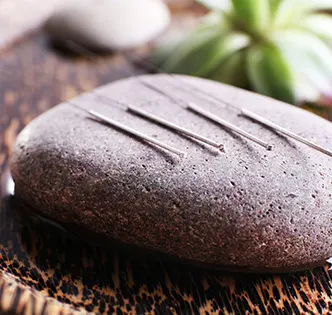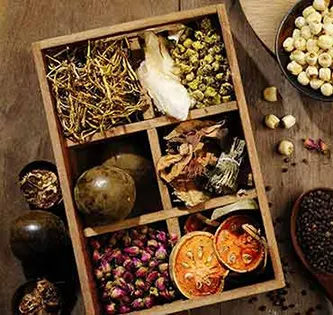

Children massage in traditional Chinese medicine (TCM) is a vital component of TCM therapies, boasting a rich history and theoretical foundation. It involves massaging specific acupuncture points and meridians to regulate the flow of qi and blood within a child’s body, thereby improving bodily functions and achieving the goals of disease prevention, treatment, and overall health enhancement.
The techniques used in Children TCM massage include pushing, pressing, kneading, and tapping, which are gentle and appropriately forceful, making them suitable for children’s delicate constitutions. Commonly used acupuncture points include Baihui, Hegu, and Zusanli. These points are closely associated with organ functions in TCM theory. By stimulating these areas through massage, practitioners can regulate the spleen and stomach functions, enhance immunity, and promote growth and development.
In daily life, TCM Children massage can be used not only to treat common ailments such as colds, coughs, and diarrhea but also to prevent illnesses and improve a child’s physical fitness and resistance to disease. Especially during the growth and development stages, regular TCM massage can aid in the healthy development of bones and muscles, improve sleep quality, and boost both intellectual and physical capabilities.
Preparation
Environment Preparation: Ensure the massage environment is quiet, warm, and comfortable, avoiding direct drafts. Use a soft mat or bed for the child to lie down or sit comfortably.
Tools Preparation: Prepare massage oil or baby lotion to reduce friction and protect the child’s skin.
Psychological Preparation: Communicate with the child, explaining the upcoming massage to alleviate any nervousness and make them feel relaxed and cooperative.
Massage Operation
Pushing: Use the palm or fingers to gently push on the child’s back, abdomen, and limbs. The movements should be gentle and even.
Pressing: Select appropriate acupuncture points, such as Baihui, Hegu, and Zusanli, and apply moderate pressure. Be mindful not to apply too much force, and limit the pressing time to a few seconds to a minute.
Kneading: Use the thumb and index finger to gently knead the child’s skin and muscles, especially in areas prone to tension, such as the shoulders and lower back. Kneading should be rhythmic and avoid excessive force.
Tapping: Use a hollow palm or fingers to lightly tap the child’s back and limbs. The movements should be gentle and even, helping to relax the muscles and promote blood circulation.
Post-Massage Care
Rest: After the massage, let the child lie or sit quietly for a while, avoiding immediate vigorous activities to allow the body to fully absorb the benefits of the massage.
Warmth: Keep the child warm after the massage, avoiding exposure to cold, especially during colder seasons.
Hydration: Offer the child a small amount of warm water after the massage to promote metabolism and the elimination of toxins. Avoid giving a large amount of food immediately after the massage.
Overall, Children TCM massage, with its simplicity and lack of side effects, has gained increasing popularity among parents. Mastering the proper techniques of TCM Children massage can provide significant support for a child’s healthy growth and development.
Children massage in traditional Chinese medicine (TCM) is characterized by its gentle, safe, and side-effect-free nature, making it suitable for children’s delicate constitutions. Techniques such as pushing and pressing are used to stimulate specific acupuncture points and meridians, regulating the flow of qi and blood, boosting immunity, and promoting growth and development. It can treat common ailments like colds and diarrhea, as well as prevent illnesses and enhance overall physical fitness and resistance to disease. Its simplicity have made it increasingly popular among parents, becoming an important method for maintaining children’s health.
